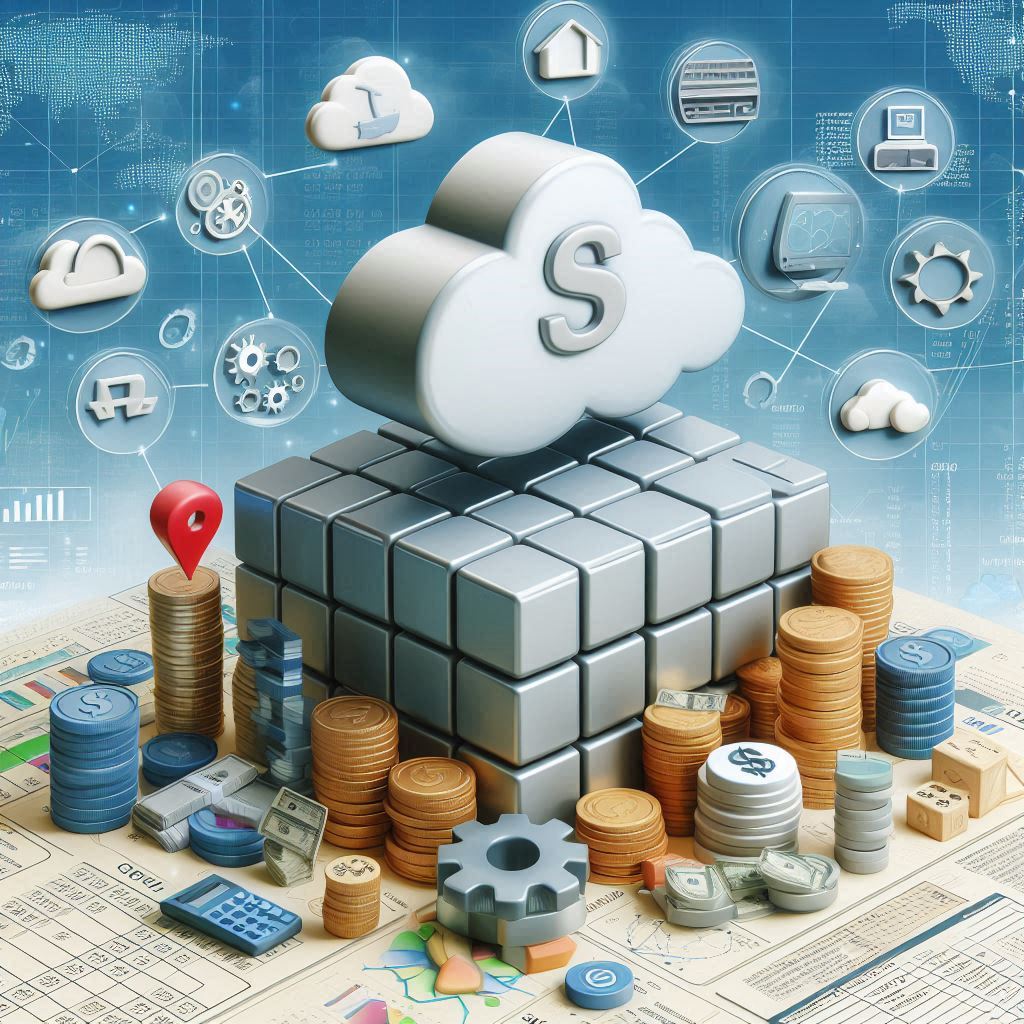
CoA for DII
by msypniewski511 in DII&M
Setting up a chart of accounts (CoA) for a tech startup operating as a SaaS company in the UK involves creating categories for all your financial transactions. A good chart of accounts aligns with your business's specific needs and complies with UK accounting standards.
Here's an example CoA for a UK-based SaaS tech startup:
1. Assets
Assets include anything your company owns or is owed. Split them into current and fixed assets.
Current Assets:
- 1000 Cash
- 1010 Petty Cash
- 1020 Current Account (Bank)
- 1030 Savings Account
- 1100 Accounts Receivable (Debtors)
- 1110 Customer Invoices (Unpaid)
- 1120 Bad Debt Reserve
- 1200 Prepaid Expenses
- 1210 Prepaid Software Licenses
- 1220 Prepaid Hosting Fees
Fixed Assets:
- 1300 Office Equipment
- 1310 Computers & Laptops
- 1320 Furniture
- 1400 Intangible Assets
- 1410 Software Development Costs (Capitalized)
2. Liabilities
Liabilities represent what your company owes to others.
Current Liabilities:
- 2000 Accounts Payable (Creditors)
- 2010 Vendor Bills (Unpaid)
- 2020 Accrued Expenses (e.g., utilities, hosting fees)
- 2100 VAT Payable (HMRC)
Non-Current Liabilities:
- 2200 Loans Payable
- 2210 Bank Loans
- 2220 Convertible Notes
3. Equity
Equity tracks owner contributions and retained earnings.
- 3000 Share Capital
- 3100 Ordinary Shares
- 3110 Preference Shares
- 3200 Retained Earnings
4. Income (Revenue)
Revenue represents money earned from selling your services.
- 4000 SaaS Revenue
- 4010 Monthly Subscriptions
- 4020 Annual Subscriptions
- 4030 One-Time Fees (e.g., setup fees)
- 4100 Other Income
- 4110 Interest Income
- 4120 Currency Exchange Gains
5. Cost of Sales (Direct Costs)
Direct costs are expenses directly related to delivering your SaaS.
- 5000 Hosting and Infrastructure Costs
- 5010 AWS/Cloud Hosting Fees
- 5020 CDN Costs (e.g., Cloudflare)
- 5100 Software Costs
- 5110 Third-Party APIs
- 5120 Licenses and Tools
6. Expenses (Operating Expenses)
Operating expenses include general and administrative costs.
General & Administrative:
- 6000 Employee Costs
- 6010 Salaries and Wages
- 6020 Employer National Insurance Contributions
- 6030 Pension Contributions
- 6100 Office Expenses
- 6110 Rent
- 6120 Utilities (Electricity, Internet)
- 6130 Office Supplies
- 6200 Professional Services
- 6210 Accounting Fees
- 6220 Legal Fees
Sales & Marketing:
- 6300 Advertising & Marketing
- 6310 Google Ads
- 6320 Social Media Ads
- 6330 Sponsorships
- 6400 Sales Tools
- 6410 CRM Subscriptions
- 6420 Lead Generation Tools
Research & Development:
- 6500 R&D Costs
- 6510 Developer Salaries
- 6520 Testing and QA
- 6530 Development Software
Miscellaneous:
- 6700 Travel Expenses
- 6800 Bank Charges
7. Taxes
Taxes track money owed to the government.
- 7000 Corporation Tax
- 7100 VAT (Collected/Payable)
- 7200 PAYE & National Insurance
Customisation for SaaS Startups
For a SaaS company, it's vital to:
- Track deferred revenue (prepaid subscriptions).
- Add a liability account (e.g.,
2050 Deferred Revenue).
- Add a liability account (e.g.,
- Account for capitalized software development costs.
- Use
1410 Software Development Costsunder assets.
- Use
- Include revenue recognition for multi-period subscriptions.
- Recognize revenue monthly from
2050 Deferred Revenue.
- Recognize revenue monthly from
CoA Example Breakdown
| Code | Account Name | Type |
|---|---|---|
| 1000 | Cash | Asset |
| 4000 | SaaS Revenue | Income |
| 5000 | Hosting and Infrastructure | Cost of Sales |
| 6000 | Employee Costs | Expense |
| 7000 | Corporation Tax | Liability |
This chart of accounts can be further customized depending on your needs. Accounting software like Xero, QuickBooks, or Sage can help you implement and automate your accounting workflows. If you're handling UK tax obligations like VAT, these platforms also integrate with HMRC for compliance.
Let me know if you need assistance setting this up or customizing it further! 😊
0 Replies
Leave a replay
To replay you need to login. Don't have an account? Sign up for one.